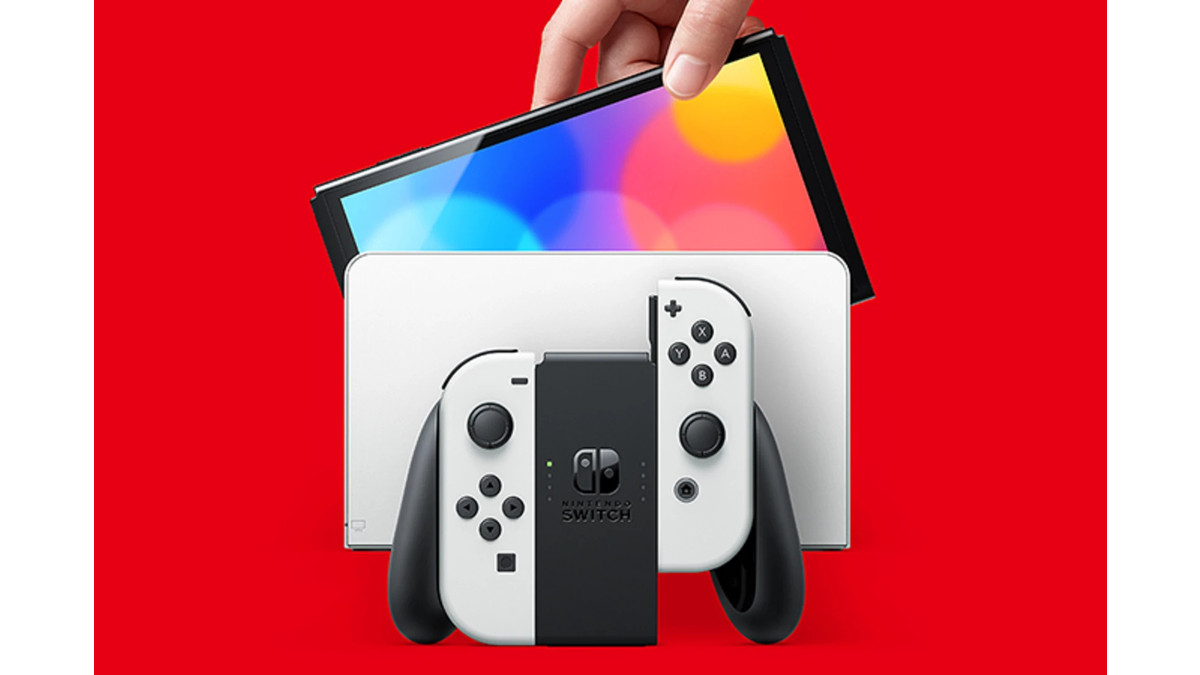My understanding is that additional gpu power in the dock is doable, but you'll have to sacrifice the Switch core feature, which is to be able to dock/undock in a split second.Additional gpu in the dock is still not out of question right?
Anyway, nowadays APUs are very scalable. So the more cooling solution you can provide (e.g. Via a dock), the faster it'll be, and in substantial enough amount.
Mostly because there is no advantage to run an external GPU with no dedicated VRAM, and moving all the data required to have the external gpu ready to render the next frame is way too long for the quick dock/undock thing to be possible.
Anyway, like you said, APU are very scalable and capable, so if the "mobile" device thermal solution can deal with say 60W when docked, then you have a 60W desktop console.
Problem is your heat dissipation system has to fit into a super small enclosure. The key might be to design an additional active cooler in the dock. But let's say existing solutions like 'fans pads' are not super efficient. Nintendo has to figure out smth else... or live within the constraints of a boosted portable device.
I'll add that the definition of a portable device vary of course. In this regards, I'm pretty pleased with the form factor of the Switch (vs the Steam Deck for example), and I may buy a better Switch with the same form factor, but I won't buy a Switch 2 with the Steam Deck form factor. The switch is the limit for me I'd say.


